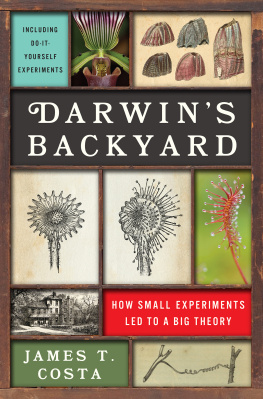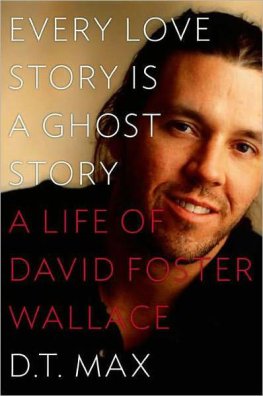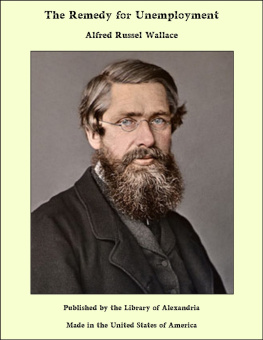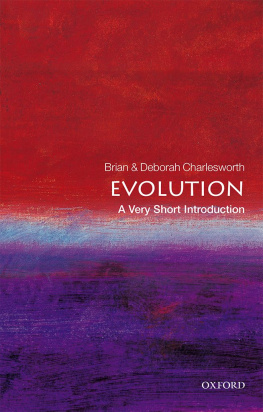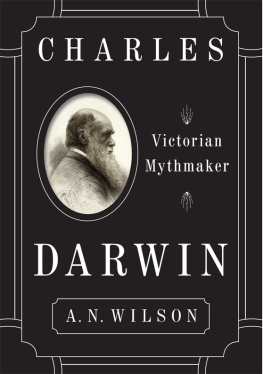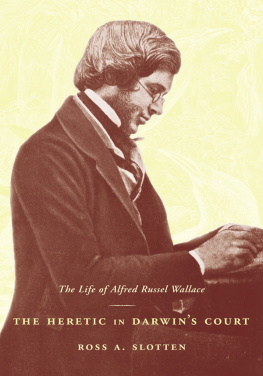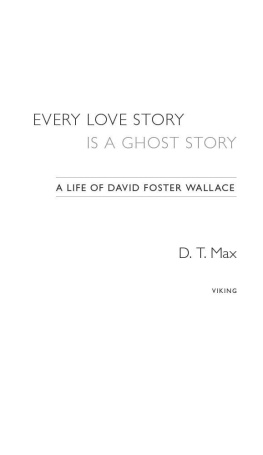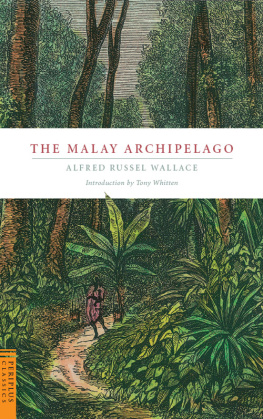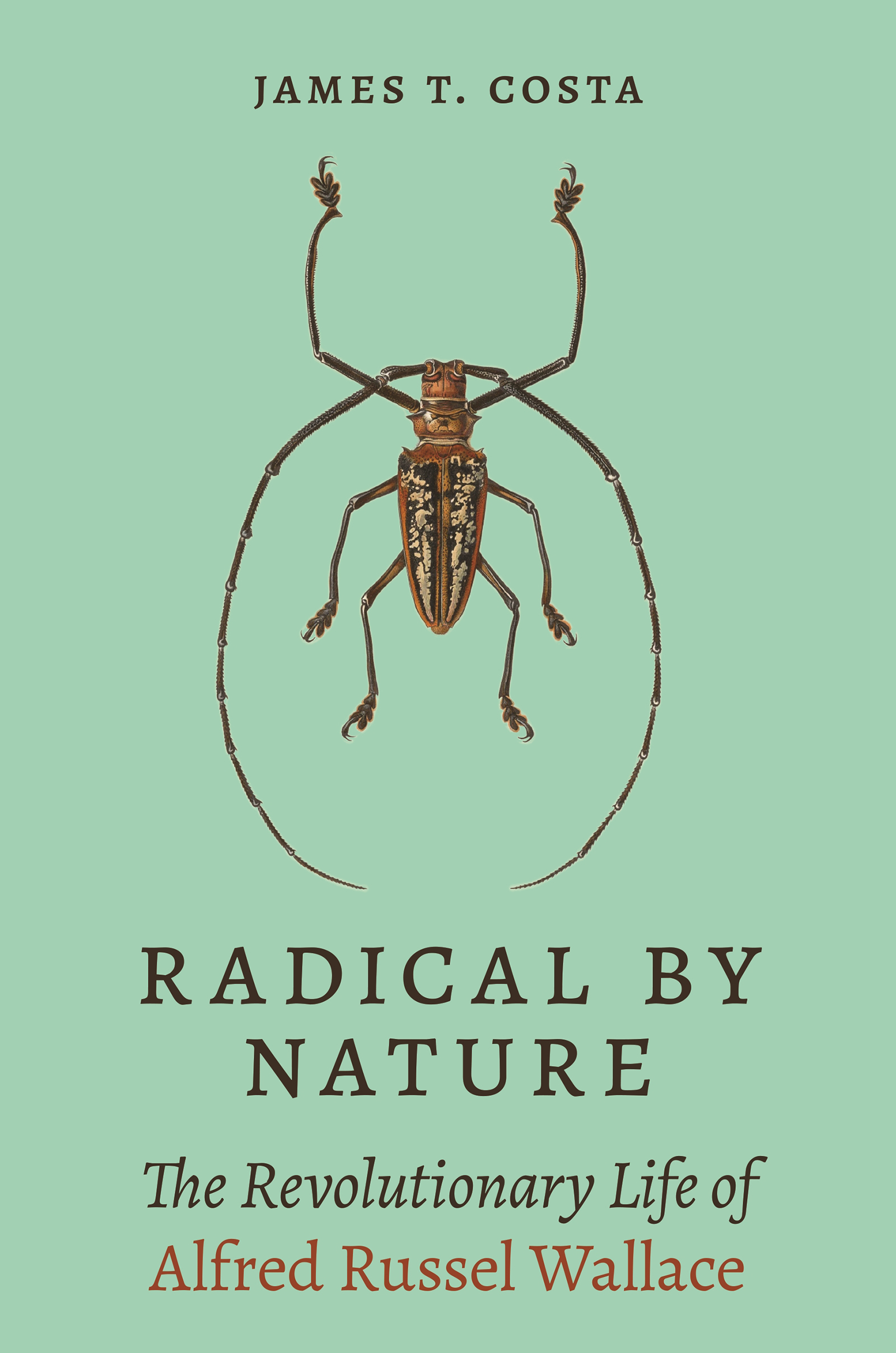RADICAL BY NATURE
Also by James T. Costa:
Darwin and the Art of Botany (with Bobbi Angell)
An Alfred Russel Wallace Companion (co-edited with Charles Smith and David Collard)
Darwins Backyard: How Small Experiments Led to a Big Theory
Wallace, Darwin, and the Origin of Species
On the Organic Law of Change: A Facsimile Edition and Annotated Transcription of Alfred Russel Wallaces Species Notebook of 18551859
Highlands Botanical Garden: A Naturalists Guide
The Annotated Origin: A Facsimile of the First Edition of On the Origin of Species
The Other Insect Societies
RADICAL BY NATURE
The Revolutionary Life of Alfred Russel Wallace
JAMES T. COSTA
PRINCETON UNIVERSITY PRESS
PRINCETON & OXFORD
Copyright 2023 by Princeton University Press
Princeton University Press is committed to the protection of copyright and the intellectual property our authors entrust to us. Copyright promotes the progress and integrity of knowledge. Thank you for supporting free speech and the global exchange of ideas by purchasing an authorized edition of this book. If you wish to reproduce or distribute any part of it in any form, please obtain permission.
Requests for permission to reproduce material from this work should be sent to
Published by Princeton University Press
41 William Street, Princeton, New Jersey 08540
99 Banbury Road, Oxford OX2 6JX
press.princeton.edu
All Rights Reserved
Library of Congress Cataloging-in-Publication Data
Names: Costa, James T., 1963 author.
Title: Radical by nature : the revolutionary life of Alfred Russel Wallace / James T. Costa.
Description: Princeton, New Jersey : Princeton University Press, [2023] | Includes bibliographical references and index.
Identifiers: LCCN 2022040771 (print) | LCCN 2022040772 (ebook) | ISBN 9780691233796 (hardback) | ISBN 9780691233789 (ebook)
Subjects: LCSH: Wallace, Alfred Russel, 18231913. | BISAC: BIOGRAPHY & AUTOBIOGRAPHY / Science & Technology | NATURE / General
Classification: LCC QH31.W2 C647 2023 (print) | LCC QH31.W2 (ebook) | DDC 508.092 [B]dc23/eng/20220831
LC record available at https: / /lccn.loc.gov/2022040771
LC ebook record available at https: / /lccn.loc.gov/2022040772
Version 1.0
British Library Cataloging-in-Publication Data is available
Editorial: Eric Crahan, Barbara Shi
Jacket Design: Heather Hansen
Production: Danielle Amatucci
Publicity: Alyssa Sanford, Kate Farquhar-Thomson
Copy Editor: Wendy Lawrence
Jacket image: Wallaces longhorn beetle, Batocera wallacei. Illustration from Arcana naturae, ou Recueil dhistoire naturelle by James Livingston Thomson, 1859. Paris: au Bureau du Trsorier de la Socit entomologique de France, vol. 1, plate VI. Illustrated by Hercule Nicolet. Biodiversity Heritage Library. Courtesy of the Ernst Mayr Library of the Museum of Comparative Zoology, Harvard.
For Leslie, my partner in all things
CONTENTS
- ix
- xvxix
PREFACE
Multitudinous
Do I contradict myself?
Very well then I contradict myself,
(I am large, I contain multitudes)
WALT WHITMAN, SONG OF MYSELF (1855)
IN SONG OF MYSELF, nineteenth-century American poet Walt Whitman declared that he contained multitudes, singing of a largeness of spirit, perspectives, beliefs, and interests so expansive that there was room within for contradictions, which he acknowledged with equanimity. This is an apt description, too, of the accomplished naturalist and humanitarian Alfred Russel Wallacewhich is surely why, in 1904, writer and critic G. K. Chesterton was hard-pressed to decide between Wallace or Whitman as the most important and significant figure of the nineteenth century. This book, an homage to Wallace to mark the bicentennial of his birth, aims to inspire an appreciation for those multitudes: for Wallace the preeminent field naturalist, evolutionist, traveler, biogeographer, explorer, and best-selling author as well as Wallace the sometime surveyor, builder, essayist, reformer, and social critic. For Wallace the spiritualist and devotee of sances as well as Wallace the husband, father, and friend. For Wallace the feted and famous as well as Wallace the ostracized radical, pushing back against the establishment, scientific and social.
If we had to choose one word to sum up Wallace, radical might be the most appropriate. Not a radical of the bomb-throwing persuasion, certainlyhe was not one to tear down received truths or institutions gratuitously. No, this radical was more of the envelope-pushing persuasion, an explorer, philosopher, observer, and activist holding up a mirror to societya humanitarian naturalist with a penchant for out-of-the-box thinking who sought truths about the natural world and the human condition. The two were of a piece for Wallace, after all, the boundary between the human and nonhuman worlds permeable depending on the angle the question was viewed from. That was very Wallace: his was a life marked by borders, boundaries, and lines of delineation literal and figurativelines he drew and lines he erased, lines he respected and lines he transgressed, lines he discovered, and lines he thought he discovered. Consider this distinctly Wallacean tangle of lines
Wallace was born something of a stranger in a strange land, the little Saxon in a Celtic Welsh borderlanddisputed territory, evenbut then, as a traveler living and working (and more than once nearly dying) among the locals in the distant reaches of distant lands, he came to appreciate the common humanity of all peoples. He came of age on one side of a social boundary, a working man alternately apprentice surveyor and carpenter, teacher, and builder, yet the brilliant autodidact crossed that line in his rise to the highest levels of scientific achievement and social standing, with international acclaim, medals and awards bestowed by the most learned of the learned societies and even the crown, and honorary degrees conferred by august institutions. He drew lines for a living as a sometime surveyor but later, sensible that these were meant to dispossess, disavowed them as a land nationalist and socialist, eloquently calling for their abolition. He was a committed materialist who came to see the physical world as incomplete, sensing a divide separating the material from a kind of spiritualistic promised land beyond. He came to see that just as political and cultural boundaries shift in time and space with the rise and fall of kingdoms and empires, so, too, does this dynamic play out in the natural world, a world where he detected remarkable lines, the ghosts of geographies past. He discovered, famously, an astonishing line of demarcation between two great faunal realms that speak of the history of Earth and life but also intuited that they shape-shift in deep time, their boundaries ebbing, flowing, dissolving, and forming anew as the planet cycles and species change. And in the context of that evolutionary vision was his even more famous discovery of the mechanism of species changea discovery that saw him conquer the fiercely defended species barrier, only to erect another cordoning off the human mind. Yes, Wallace was multitudinous, all right: capacious enough to contain contradictions and radical enough that every one of them was startlingly original.
But this is all well known about Alfred Russel Wallace, yes? So why this book? Why now? Fair enough. It is a reasonable question, but I would say in reply that much of this is


